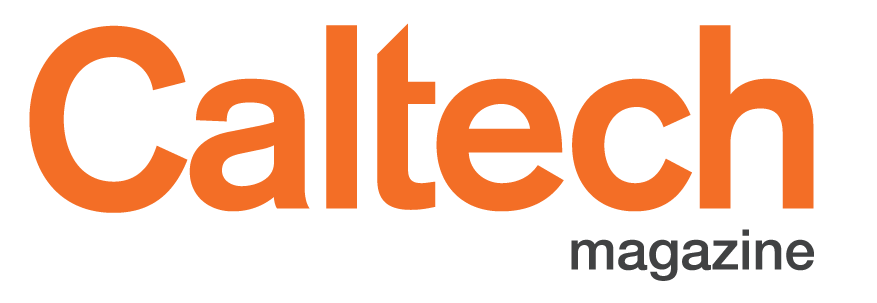#SoCaltech: Ian Anderson
"Nearly 20 percent of my study's participants report feeling like they are addicted to Instagram. But using a clinical addiction scale, less than 2.5 percent of people actually meet the criteria for being at risk for clinical Instagram addiction. The real percentage of addicts is likely even smaller, because a professional needs to diagnose those in the at-risk group and likely won’t diagnose all of that 2.5 percent. Yet it's colloquially accepted to call it an addiction. Our research has found it's more productive to think of social media use as a habit rather than an addiction—it helps people make better choices and feel more in control. Adopting the framework of addiction can actually be stigmatizing and harmful.
“I used to be a social media consultant at a PR firm, so I know that apps are intentionally designed to create strong habits. I got interested in understanding what they were doing to people and the information ecosystem, so I left and went to grad school to study social psychology; I'm fascinated by social media's psychological effects. For example, things like engagement-based incentives actually drive the spread of misinformation, so don't feel bad if it feels like it's hard to control your usage. It's designed that way."
Ian Anderson is a postdoctoral scholar in the laboratory of Dean Mobbs, professor of cognitive neuroscience and director and Allen V. C. Davis and Lenabelle Davis Leadership Chair of the Caltech Brain Imaging Center, where he studies social media's effects on the brain using fMRI imaging. Anderson recently spoke on a panel about digital addiction at the USC Institute for Addiction Science.
#SoCaltech is an occasional series celebrating the diverse individuals who give Caltech its spirit of excellence, ambition, and ingenuity. Know someone we should profile? Send nominations to magazine@caltech.edu.

